Why is Ryman Auditorium So Famous?
Ryman Auditorium is one of the most well-known performance venues in music–and for good reason. It’s the Mother Church of Country Music, the birthplace of bluegrass, and the original home of the Grand Ole Opry where the careers of countless musical legends were launched. Constructed with stunning, unique acoustics and steeped in history, the Ryman offers something for everyone. After reading this post, you’ll understand why the Ryman is so special and deserves its unmatched reputation.
Reasons to Consider Visiting the Ryman
There are countless reasons to visit the Ryman no matter who you are. If you’re a music fan, you’ll appreciate touring a building so important to music history. If you’re a history fan, you’ll love learning about the role Ryman Auditorium has played in the development of Nashville. If you just appreciate seeing cool things, the Ryman’s got plenty of those, too. Whatever interests you, you need to tour Ryman Auditorium in person on your next visit to Music City.
A Key Player in Nashville History
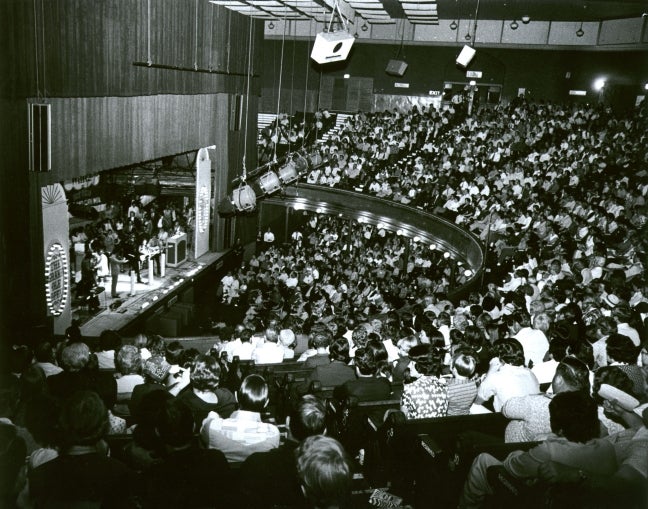
Ryman Auditorium exists thanks to the inspiration of Thomas G. Ryman, a sea captain who lived in Nashville in the 1800s. After he attended a tent revival led by charismatic evangelist Sam Jones, Ryman felt called to dedicate his fortune to building a church in the city. It was named the Union Gospel Tabernacle, and it opened its doors in 1892. The church hosted services by Jones and other preachers, as well as lectures and community events. When Ryman died in 1904, the church was renamed Ryman Auditorium in his honor.
The Mother Church of Country Music
Since the beginning, music was a part of the Ryman’s very foundation. In fact, once opened, the church hosted a concert even before Rev. Sam Jones’ first sermon! At the time, Ryman Auditorium was the largest structure of its kind in the city, so it quickly became the host of many gatherings featuring some of the world’s top performers, like Harry Houdini, Bob Hope, and Mae West. In April 1895, money was raised from the congregation at the Easter service to pay for the wooden church pews in the tabernacle–pews where concert-goers still sit at the Ryman today.
The Original Home of The Grand Ole Opry
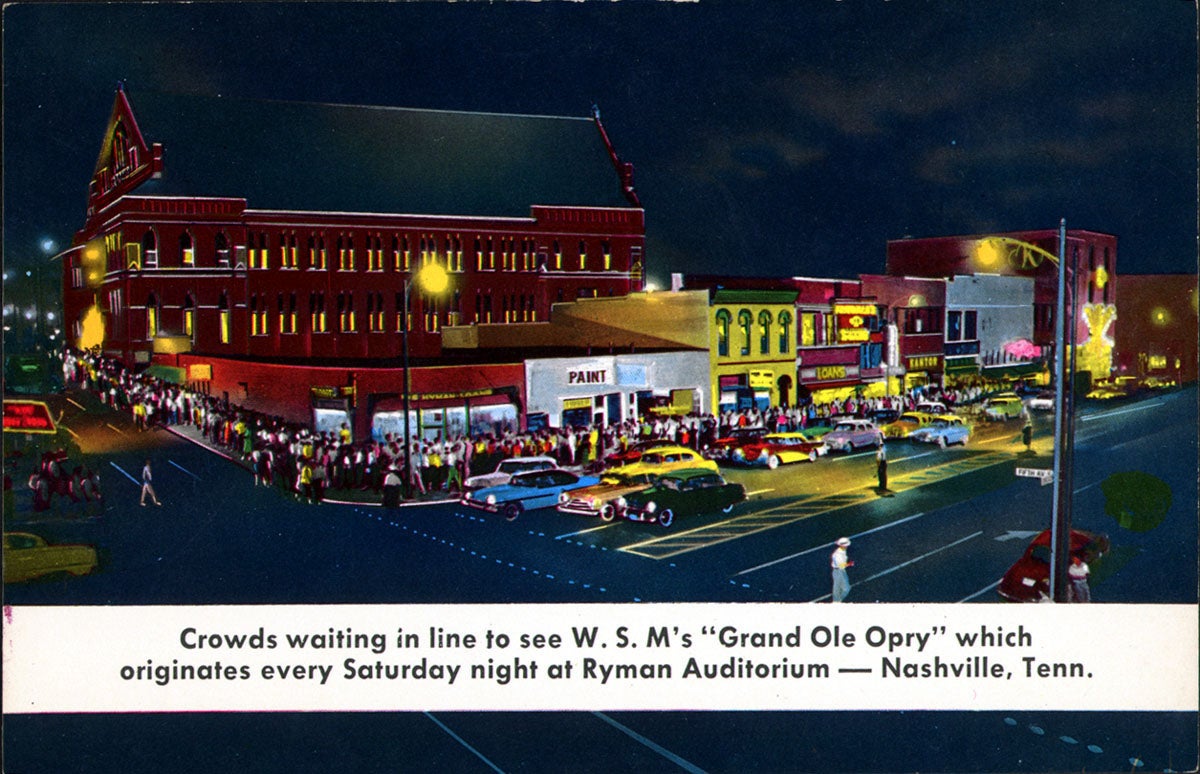
In 1943, a live radio show called the Grand Ole Opry took up residence in Ryman Auditorium. It had outgrown its previous four venues, including War Memorial Auditorium, and the Ryman had the right vibe and just enough space to accommodate the show’s sold-out crowds. It was at the Ryman that the Grand Ole Opry gained notoriety across the U.S. with a star-studded list of performers including Johnny Cash, Minnie Pearl, Hank Williams, and Patsy Cline. The Ryman was the home of the Grand Ole Opry for more than 30 years.
The Birthplace of Bluegrass
In 1945, a performance by Earl Scruggs with Bill Monroe’s Blue Grass Boys introduced a whole new musical genre to a large audience for the first time. With Monroe on mandolin, Scruggs on banjo, Howard Watts playing bass, Lester Flatt on guitar, and Chubby Wise playing fiddle, the band defined what would become the traditional Bluegrass sound, and audiences couldn’t get enough. Bluegrass music was born
A Springboard for Launching Careers of Musical Legends
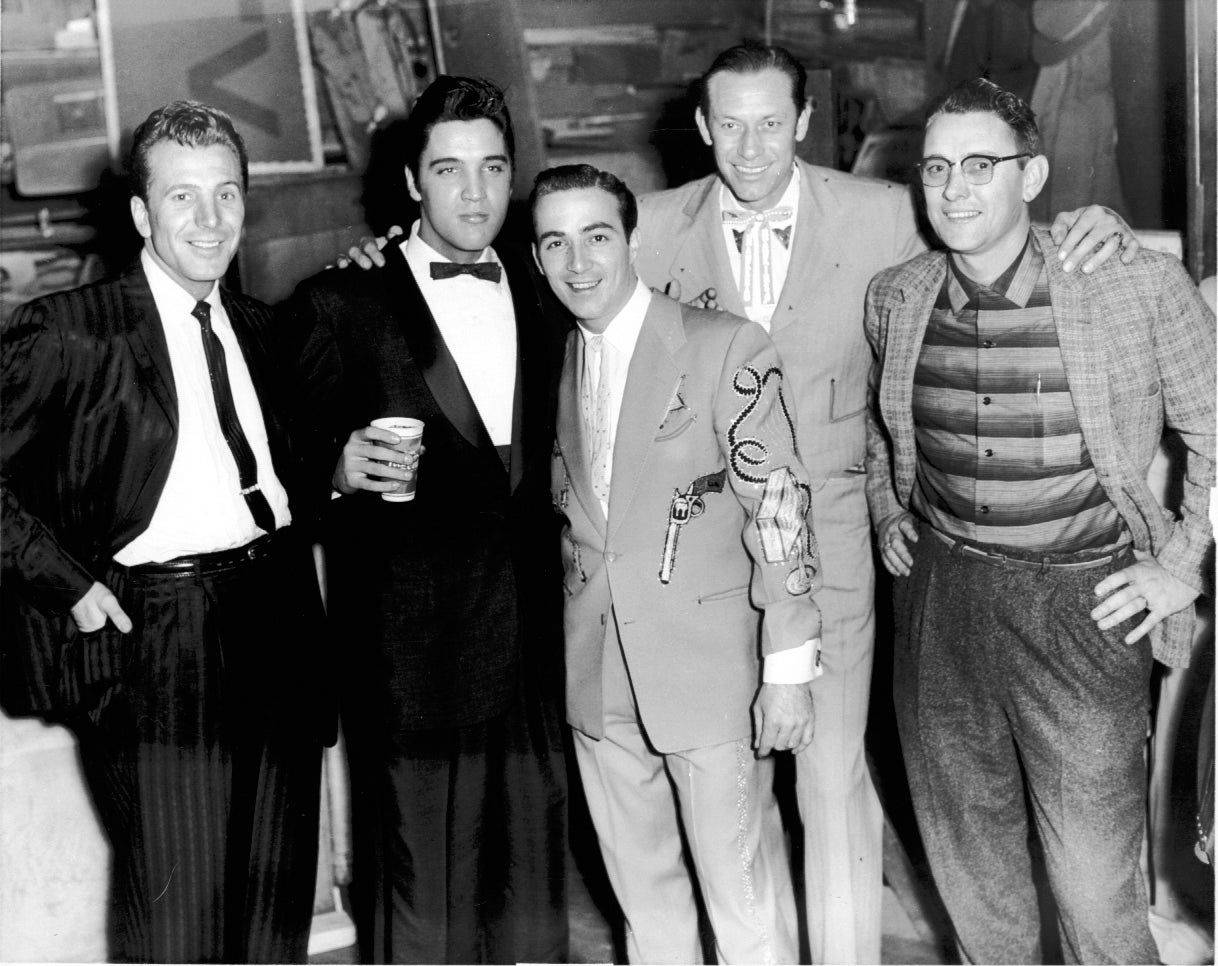
Countless careers were launched on the Ryman Auditorium stage. It’s where the Carter Family, including Mother Maybelle of the Carter Sisters and her daughters Helen, Anita, and June, had some of their early performances. Johnny Cash joined the Opry in 1956 and Patsy Cline in 1960. It’s hard to overstate the important influence the Grand Ole Opry and Ryman Auditorium had on the careers of these music legends.
Home to So Many Famous Moments in Musical History
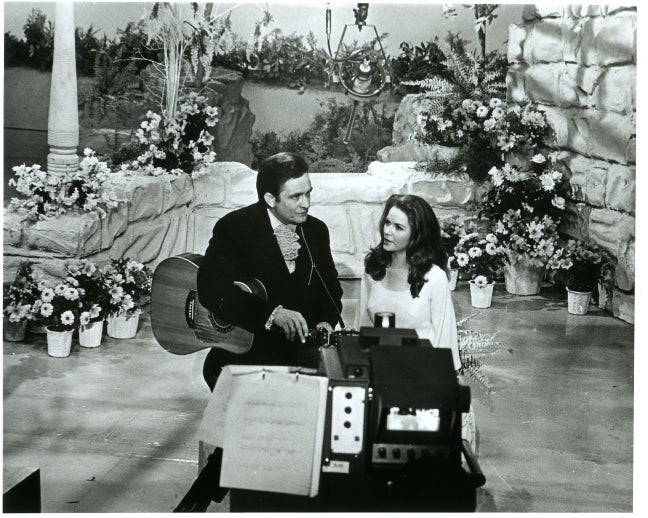
Having hosted musical performances for more than 130 years, Ryman Auditorium is the site of many significant moments in music history. In 1945, it was the birthplace of bluegrass music. Perhaps most notably, it’s where June Carter, of the Carter Family, would meet Johnny Cash. In 1968, after the pair met backstage at the Ryman, Cash proclaimed to Carter, “I’m going to marry you someday.” He did, 12 years later.
Purpose-Built for Transformative Experiences
In 1974, the Grand Ole Opry moved out of Ryman Auditorium and into its permanent home across town in the Opry House. For years after its departure, the Ryman sat empty and unused, eventually falling into disrepair. In fact, the building was slated for demolition and would have been erased from the city skyline if not for the efforts of Nashvillians who fought for the building to be saved. They were successful, and restoration efforts began in the early 1990s to return Ryman Auditorium to its former glory. Today, the venue is regarded as one of the best music venues in the U.S. It’s hard to imagine Music City without the Ryman.
Stunning, Unique Acoustics
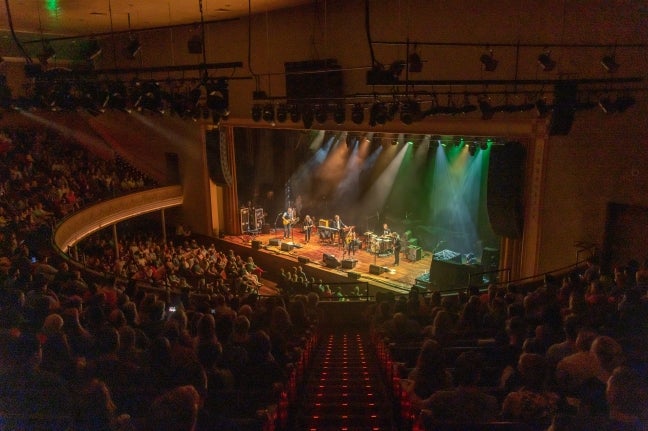
There are many unique things about Ryman Auditorium, but one of the things that makes it most special are its acoustics. The Ryman was originally built as a church and the venue still bears some reminiscent architectural qualities today, like its church-pew seating, its infamous stained-glass windows, and its impressive acoustics. In fact, it’s these acoustics that contribute to the Ryman being a favorite music venue for performers and audiences alike. The result is a sound that’s unmatched by any other venue in the world. It’s part of what makes Ryman Auditorium such a significant spot in Music City.
Immersive, Inspiring Tours
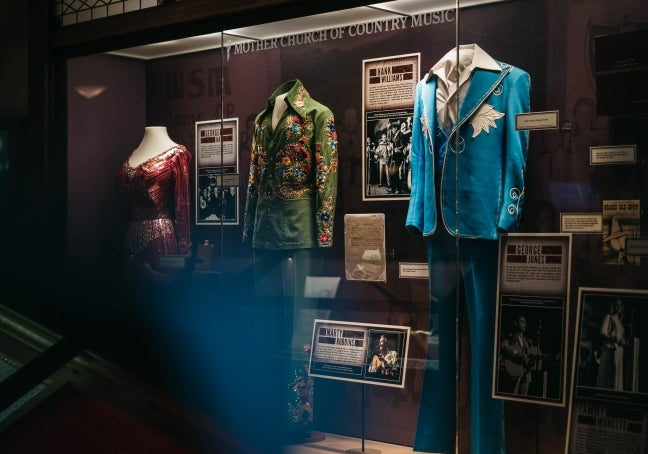
When you tour Ryman Auditorium, it’s not just a chance to have access to the historical site. You get an experience that takes you back in time through the venue’s 130-year history. Each tour starts in the Soul of Nashville theater where you’ll be treated to a star-studded video complete with immersive, choreographed light and sound design. Then, you’ll have the chance to explore the Ryman’s exhibits either at your own pace or with the guidance of a knowledgeable tour guide. See photos and memorabilia from performances past, including Minnie Pearl’s hat. Be sure to tour the Hatch Show Print gallery featuring concert posters from notable performances past designed in Hatch’s signature hand-printed style.
The Ryman is for Everyone
Whether you’re a music lover, a history buff, a first-time visitor to Nashville, or a long-time local, there’s something for you at Ryman Auditorium. Learn about the historic building, opened in 1892, and its significance to Music City on a self-guided tour. Hear behind-the-scenes stories of your favorite musical artists on a guided backstage tour of the venue. Or, see a concert. The Ryman has a packed events schedule featuring bands of all genres, including rock, indie, country, hip hop, folk, as well as speakers and comedians promising a night of entertainment. No matter who you are, you’ll find something you love at the Ryman.
FAQs
What is the History of Ryman Auditorium?
Ryman Auditorium was built by Captain Thomas G. Ryman. It opened its doors in 1892 and was originally a church called the Union Gospel Tabernacle. In 1904, after Ryman’s death, the building was renamed Ryman Auditorium in his honor. The Ryman was home to the Grand Ole Opry from 1943-1974 and is now regarded among the top performance venues in the U.S.
What Was the Ryman's Role in Popularizing Country Music?
The Ryman’s role in country music history started when it became home to the Grand Ole Opry in 1943. From that moment, Ryman Auditorium became synonymous with the genre, hosting the live radio show twice a week and launching country performers, like Roy Acuff and Dolly Parton, into living rooms across America. Because of its significant role in music and the fact that it was originally built as a church, the Ryman earned the nickname the Mother Church of Country Music.
Why Did the Grand Ole Opry Move Away From the Ryman?
It was determined that the Grand Ole Opry needed its own home, and so the show moved to its permanent home across town in 1974. Ryman Auditorium had been home to the Grand Ole Opry for more than 30 years, from 1943 to 1974, before the show moved to the Opry House.
What Are the Best Options for Visiting the Ryman?
There are many options for touring Ryman Auditorium. Select a self-guided tour to explore the building at your own pace, or book a guided backstage tour to take a deeper dive into the stories of this famous venue and see the dressing rooms performers still use today. Both tours start with an immersive video experience in the Soul of Nashville theater and end with the chance for you to get your photo taken on the famous Ryman Auditorium stage where so many famous figures have stood before.
Does the Ryman Only Play Country Music?
Today, the Mother Church hosts performances of all kinds. All genres are welcome on the Ryman stage, including country, rock, pop, indie, hip hop, folk, bluegrass, and more. The venue also hosts speakers and comedians. Because of its long history and unmatched reputation, the Ryman has become a bucket-list stage for performers of all genres. Check out the Ryman events calendar to see the latest lineup.
Is the Ryman Tour Worth Taking?
Yes, the Ryman tour is worth taking! Ryman Auditorium is packed with history, significant to both Nashville and music as a whole. Learn about the legendary building, its origins as a church, how it narrowly escaped demolition, and how it became known as a world-renowned venue for live music.
Each tour starts with an immersive experience of light and sound in the Soul of Nashville theater and gives you access to the Ryman’s exhibits including photos and one-of-a-kind memorabilia from the building’s 130-year-plus history. Take a guided backstage tour to see behind the scenes, including the dressing rooms and wings of the stage, then get your photo taken on the Ryman stage itself. Touring the Ryman is an experience you’ll remember for years to come.
Sign Up for Alerts
Sign up for email alerts to never miss a moment at Ryman Auditorium.
Stay in Touch
What’s almost as iconic as visiting the Ryman? Always having the inside scoop!
Sign up for exclusive updates, offers, and events, so you never miss out on what’s happening at the Mother Church.





